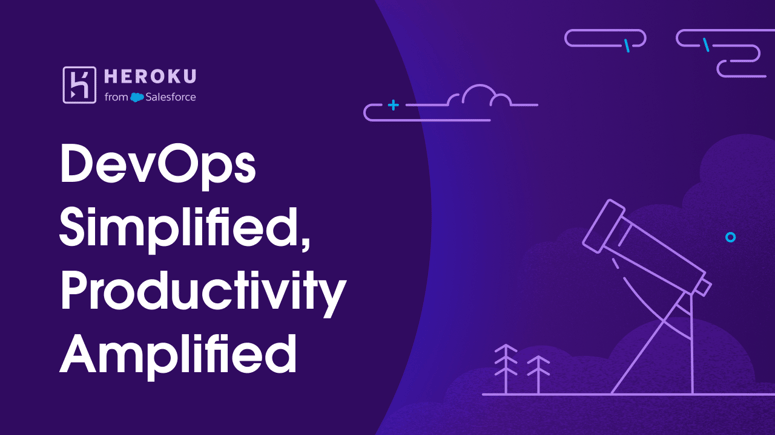
🔹Taking CI to the Next Level with Docker
In my previous project, I built a simple CI pipeline using Jenkins, which included:
✅ Fetching code from GitHub
✅ Building the artifact with Maven
✅ Running Checkstyle & SonarQube Scanner for code analysis
✅ Storing artifacts in Nexus Repository for future deployments
Now, I’ve taken it a step further by integrating Docker for deployment! Instead of simply storing artifacts, I leveraged containerization to enhance the CD (Continuous Deployment) process.
🏗️ CI/CD Pipeline with Docker & AWS
1️⃣ CI Phase: Code, Build & Analyze
🔹 The Code is fetched from GitHub.
🔹 Then the artifact is built using Maven.
🔹 Then in the next step Code quality checks using Checkstyle & Sonar Scanner is done to ensure that there is no hindrance during the deployment.
2️⃣ CD Phase: Containerization & Deployment
🔹 Dockerfile converts the Maven-built artifact into a Docker image.
🔹 Image is pushed to AWS ECR (Elastic Container Registry). ECR is a container which holds all the Docker images, just like Docker Hub.
🔹 AWS ECS (Elastic Container Service) fetches the image from ECR and deploys it. ECS is a fully managed container orchestration service that simplifies the deployment, scaling, and management of Docker containers on AWS. It eliminates the need to manually set up and manage containerized workloads
❓ Why Docker Over Nexus?
While Nexus is great for storing build artifacts like .jar or .war files, Docker simplifies deployment with:
| Feature | Nexus | Docker |
|---|---|---|
| Artifact Storage | Stores .jar/.war files | Stores full container images |
| Environment Setup | Requires runtime & dependencies setup | Packages everything inside a container |
| Portability | Needs specific configurations per environment | Runs the same everywhere |
| Deployment Consistency | Risk of version conflicts | Ensures the same behavior across all environments |
👉 Docker provides a self-contained runtime, ensuring consistency across development, staging, and production.
🌟 Key Takeaways
✔️ Docker streamlines deployments by eliminating environmental inconsistencies.
✔️ AWS ECR + ECS enable scalable containerized deployments with minimal effort.
✔️ CI/CD becomes more efficient when the deployment process is automated with containers.
This was a huge learning experience, and I’m excited to keep refining my CI/CD skills! 🚀
🛠 Tools Used:
🔧 Jenkins | Docker | AWS ECR | AWS ECS | Maven | Checkstyle | SonarQube
💬 What are your thoughts on Dockerizing CI/CD pipelines? Have you tried similar workflows? Let’s discuss in the comments! 👇





Top comments (0)